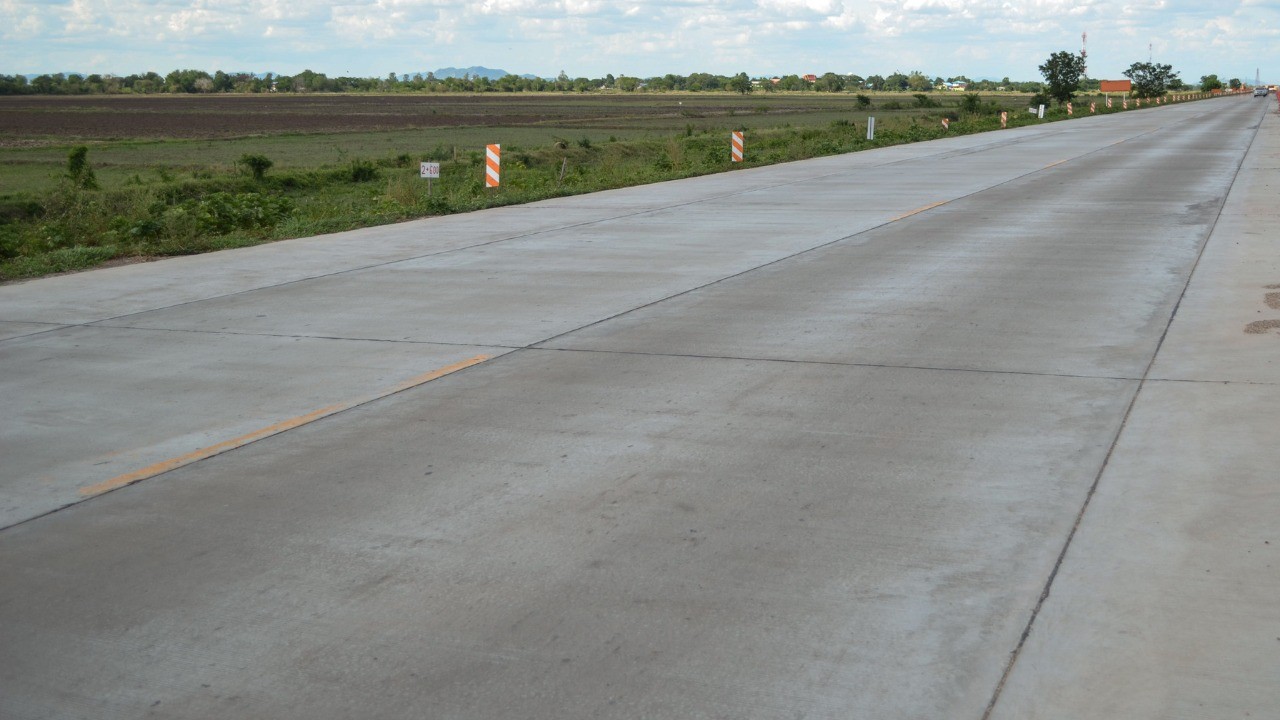Concrete construction joints in concrete are a crucial and fundamental component of civil engineering and construction. Changes in temperature and moisture can cause concrete to expand and contract. Because concrete is weak in tension, shrinkage and volume change in concrete cause cracks. The construction joints installed at strategic locations prevent the formation of cracks in concrete and the development of tensile stresses. A construction joint is a type of concrete joint used when a new section of concrete is poured next to an already set section of concrete. The purpose of a construction joint is to allow for some horizontal movement while remaining rigid against rotational and vertical movement. This article discusses the significance of construction joint types in concrete structures like slabs and pavements etc. and their applications and features.
Construction joints in concrete – Significance
In general, joints in concrete are strategically placed between slab and beam, wall and column, concrete floors, pavements and so on. Improper use of joints can result in defects, cracks, and the development of stresses. Construction joints can be filled or left empty. The space between joints is occasionally filled with materials like elastomers, bitumen asphalt mix, polysulphide sealants etc. Construction Joints also divide a larger span into smaller units, making construction easier. As a result, it also aids in preventing the total collapse of the structure. Depending on the type of joint, joints are installed either before or after the laying of concrete.
Related posts from vincivilworld
Construction joints types
On the basis of the functions, Joints in construction are classified into three types
- Construction joints
- Expansion joints
- Contraction joints
Construction joints
Generally, construction is a time-consuming process. Construction joints separate the large concrete work into small units. This type of joint is apt for locations where the construction is stopped at the end of the day’s work. A construction joint is a type of concrete joint used when a new section of concrete is poured next to an already set section of concrete. The purpose of a construction joint is to allow for some horizontal movement while remaining rigid against rotational and vertical movement. Construction joints can be further classified into four types on the basis of the joint end. They are
- Butt-type construction joint
- Tong and groove type construction joint
- Butt-type construction joint with dowels
- Butt-type construction joints with tie bars
On the basis of the structure, the construction joint can be vertical, horizontal and inclined. It is suitable for the construction of large slabs, irrigation channels, etc. These joints consist of keys at definite intervals. These keys help in resuming the work the next day. It also helps in uniform load distribution.
Expansion joints
Concrete tends to expand due to changes in temperature and moisture. This causes the development of cracks and leads to failure. To avoid this problem expansion joints are used. Another name for the expansion joint is the control joint. This joint allows the expansion of concrete without the development of stresses. Thus we can prevent cracks. Buildings longer than 45m typically have one or more expansion joints. The recommended c/c spacing in India is 30m. The joints are formed by leaving a space between the building components. Generally, the depth of the expansion joint is one-fourth of the slab thickness. Installation of expansion joints can be done before or after the laying of concrete. Before installing make sure to cut the joints deeply. It is apt between the bridge section, pavements, railway tracks etc.
Contraction joints
Concrete is weak in tension, therefore contraction of the concrete induces stress leading to cracks. This occurs during the hardening of concrete. Contraction joints prevent the unnecessary development of cracks. This type of joint in construction is installed before the laying of concrete. It is apt during the construction of roads, retaining walls, floors, tunnels, canals, etc. Generally, the interval of contraction joints is between 5m to 10m. Jointing tools are used for the installation of contraction joints. If the concrete is reinforced, then contraction joints can be avoided. But in un-reinforced or lightly reinforced slabs this joint is necessary to minimize the formation of cracks.





One comment
Comments are closed.